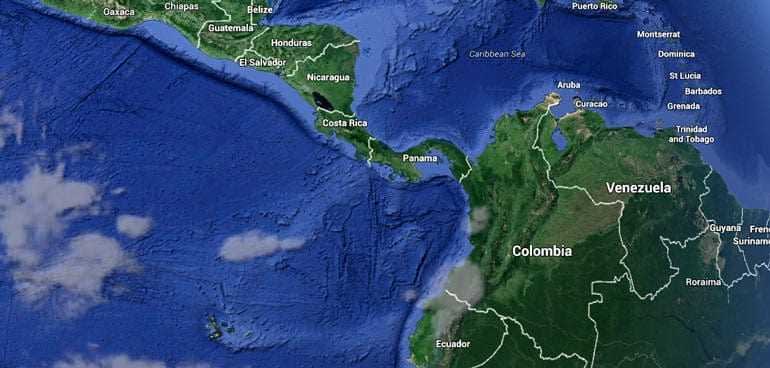 5.9K reads
5.9K readsWorld
A Brief History of Olive Oil in Colombia
Villa de Leyva, Colombia is a whitewashed colonial village that dates back to the late 1500s and is known for its olive oil production history. Despite challenges such as violence and parasites, only two families in the area continue to harvest olives and produce artisanal olive oil, valuing tradition and quality over financial gain.

Villa de Leyva, Leyva rhymes with Ava (as in Ava Gardner), is a whitewashed colonial village, and now a National Monument, located in the Valle de Saquencipá about 4 hours from Bogotá, Colombia. The village dates from the late 1500’s and it sometimes feels in Villa de Leyva that you are present in a place that time has forgotten. Or put another way, it is often possible in Villa de Leyva to step back in time. And if you do step back in time here, you will find yourself present at the introduction by the Spaniards of olive vines to the New World.
Even though olive oil has been produced in Villa de Leyva since the 1600’s, cultivation of the olive was originally confined to religious orders. In fact, the Jesuits and the Dominicans are credited with bringing the first olive cuttings to Colombia or to the New Kingdom of Granada, as the area was known in the 16th century. For at least two centuries, the olive oil produced here was for purely local consumption. In fact, until quite recently Colombians in general have had no tradition of cooking with olive oil at all.
Then in 1875, another Spaniard, José María Gutierrez de Alba, got permission from Spain to set up an institute called the Instituo Agrícola in Villa de Leyva. Under the auspices of his institute, Gutierrez de Alba was instrumental in planting more than 5,000 olive trees in the area between Sáchica and Villa de Leyva. Hopes were high for a native South American source of olive oil. And in fact, despite the lack of seasons, olive oil was consequentially produced and sent to market in the capital of the country, Bogotá.

Cold winters and dry summers, are absent here. Colombia lacks seasons in the traditional sense; there are those who insist that we do indeed have 4 seasons, 3 months of summer followed by 3 months of winter, followed again by 3 more months of summer and then once again 3 more months of winter. The truth is that the weather throughout the year is uniform and true cold is unknown. In addition, in Colombia in general, and in the Villa de Leyva region in particular, it rains throughout the year, sometimes torrentially.
Despite the unfavorable conditions, moderate production of olive oil continued until the 1960’s. And for 15 years beginning in the late 1950’s, the government made an effort to focus on the development of the olive industry. Research at the time found was that only five varieties of the olive had good prospects for production in the areas around Villa de Leyva. Things were looking up for a very short time.
Then the violence that overcame Colombia took a toll on the olive cultivators of Villa de Leyva. It became too dangerous for the olive owners and producers to stay in the area. For safety reasons, they were forced to leave their land, and the olive groves of Saquencipá were left to fend for themselves. Many olive trees were cut down and used for firewood.
Decades later, the violence subsided and the olive growers of the Valle de Saquencipá were able to return to their olive groves, only to find their olive trees besieged by a native parasite and a fungus. The prospect of producing any olive oil at all was disheartening. Lacking financial resources and investment, many olive growers simply gave up.
The production of olive oil in Colombia has always been artisanal. There are still some centuries old olive groves in the areas around Villa de Leyva, but in general they exist only as a sad reminder of what was once a dream, the sustainable production of olive oil in the country.
There remain only two families in the Villa de Layva area that harvest olives and produce olive oil. They continue their work more from a sense of tradition and respect for the past than from any likelihood of financial gain. Their product is not cheap and it is hardly competitive in the marketplace. But these remaining Colombian producers of olive oil insist that their artisenal oil is the purest on earth.

